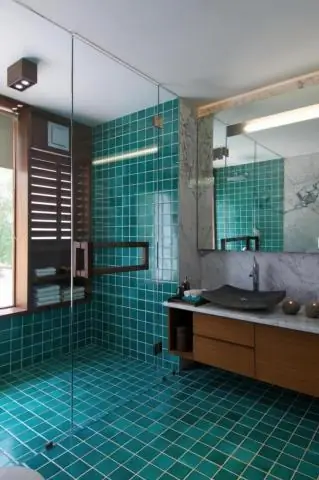
Table of contents:
- Author Bailey Albertson [email protected].
- Public 2024-01-17 22:26.
- Last modified 2025-01-23 12:41.
How to choose the right tile grout color
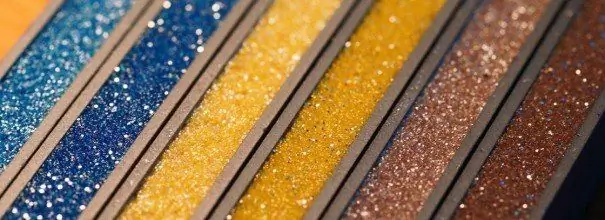
It happens that after the completion of the facing work in an apartment or house, you remain unhappy with the result. The tiles seem to be beautiful, expensive, and matched perfectly to the interior. The styling quality is also excellent. But still there is not enough harmony, the cladding looks poor and dull. The reason may be the wrong choice of grout color - fugue.
The importance of choosing the right grout
When choosing a grout for filling the joints between tiles, we usually start from several factors. First of all, you need to consider:
- the purpose of the room;
- its operational features;
- temperature and humidity;
- the location of the tiles;
- the level of load on the tiled floor.
But choosing the right color is just as important. Having played on the ratio of fugue and tile shades, you can visually enlarge or reduce the room, make it lighter or shader, regardless of the lighting level. In addition, sometimes just the right shade is enough to give a room a certain style, almost without resorting to other design tricks.
By connecting your imagination and putting in a little effort, you can create a real mosaic panel with the help of grouting in several shades and multi-colored ceramic tiles that will turn a room into a work of art. Some interior designers use this method as their "highlight".
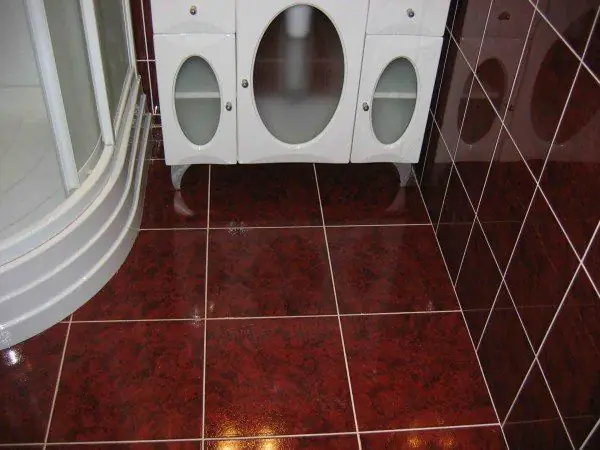
Grout contrasts favorably with bathroom tiles
Criterias of choice
In specialized stores and building supermarkets, you can find a fugu of any color and shade. Eyes run up, and out of habit (and even more so without experience) it is difficult to choose exactly what you need. Therefore, heed the advice of experts and designers, who have several general rules for choosing the color of grout for tile joints.
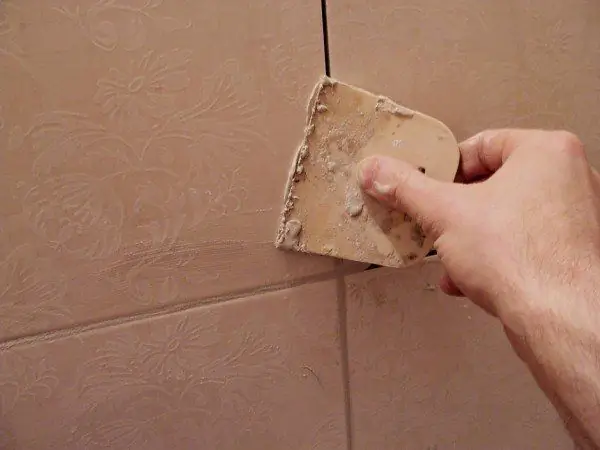
Correctly selected grout color will advantageously beat the space
Which color is more practical?
What do you think will happen to the tile seams in a room like a hallway if you grind them with a white jointer? Most likely, after a couple of days they will get dirty and turn gray. There is no need to make an elegant seam where it will get dirty in a short time - in the corridors, at the front door. And it looks ugly, and it's troublesome to constantly correct the situation.
In public institutions, tiles, regardless of their color, are usually rubbed with a gray fugue. We recommend that you do the same if walking in shoes is supposed to be in your hallway and living room. Still, our streets are not perfectly clean, which is facilitated by the climate. Roughly speaking, if the grout has the color of domestic dirt, then it will always look as if the finishing work ended only yesterday. Grouting tones close to dark gray is ideal.
The same principle applies to the bathroom. It is undesirable to use soiled colors for the floor (beige, white, etc.). Seams often get dirty in places where water flows almost constantly - in the shower stall, along the side of the bathroom. If you nevertheless decide to give preference to light colors, choose an expensive high quality fugue with waterproof properties. Additional processing of seams with a special compound in problem areas will not be superfluous.

Not a good solution: white grout on the bathroom floor
Experts recommend using only modest, discreet tones in the kitchen. On them, fat droplets and other contaminants will not look catchy. A two-component epoxy-based fugue will work very well - it retains a presentable appearance for a long time.
Choice for aesthetic reasons
Whichever color of tile grout you choose, its main purpose is to highlight the beauty of ceramics or stone. A fugue is a framing of a finishing material, and not an independent element. Therefore, it is not recommended to choose a grout of a brighter color than the basic tone of the tile, otherwise the overall effect will not be as pleasant as you expected.
- If a single-color tile is chosen for the room, then grouting a little lighter than the base color would be the best choice. Thus, the individual parts of the tiles will visually merge into one solid array.
-
The use of contrast between fugue and tile tones is very popular (for example, red tile and pink fugue). Our vision is designed so that the order of objects is perceived first. For example, light elements will appear pushed forward relative to dark ones, even if they are on the same level. A dark object is seen as being located a little further, as if in shadow. So, for red tiles, you can choose a pink fugue

Black and white tiles Successfully played out contrast of black and white colors
- Since the tile is the main element, it should stand out, appear closer visually. The seams of ceramic tiles, worn out with a grout, the tone of which is darker, beautifully set off the cladding.
- The versatile white fugue is often considered the easiest way to mask seams as it suits any shade. But there can be pitfalls here too. For example, a combination of white tiles and the same grout can be negative. Tiles are rarely perfectly white (usually light shades of gray), and can look messy next to a snow-white plywood. It may be better to use a silver-gray composition.
- When choosing a grout for multi-colored tiles, you need to determine the darkest and lightest shades. For a small room, it is better to choose a lighter fugue to visually increase the space. In a spacious room, grout of a dark shade will look good, thanks to which the volume of the room will look more compact. You can pick up the composition of any shade from those that are present on the tile, and experiment with the options.
- If you have chosen a mosaic panel as a cladding, the grout should be chosen so that the main focus is on the drawing. It is better to choose a neutral or colorless composition. There are chameleon effect grouts that take on the tint of the adjacent mosaic tiles.
Don't like boring combinations and traditional solutions? Then try to apply original design solutions. For example, it is now fashionable to use grout to match bathroom or kitchen accessories. The contrast between fugue and tiles is also welcome, and the combinations may not match in color, even within the tint palette.
Gallery of color solutions
-

white grout - White grout on colored tiles background
-

white fugue - Contrast of white grout and tiles in dark colors
-

floor tiles - Darker grout for floor tiles
-

tiles on the floor - Fugue in gray shade for a composition of several colors
-

decorative grout - Decorative glitter grout in mosaic installation
-

white grout - A well-chosen white grout on a tile of the same color creates the effect of a monolithic surface
Video on choosing a shade of grout for joints
Our tips are general in nature, and guided by them, you can personalize the cladding and avoid common mistakes. Let us know in the comments about your experience with grout color selection. Good luck to you!
Recommended:
How To Choose The Right Grinder: Which Angle Grinder Is Better For Home And Summer Cottages + Video

Grinder selection criteria. Rating of the most popular models. Reviews of manufacturers. Tips: how to choose a grinder for home, professional use
How To Choose An Acrylic Bathtub: Expert Advice, Manufacturer Analysis And Customer Reviews + Video

Advantages of acrylic bathtubs and their disadvantages. How to choose a quality bathtub: ways to check the thickness, smoothness of acrylic; nuances. The best manufacturers and models
Eco-style Kitchen Interior: Examples Of Design, Choice Of Color And Material, Decoration, Furniture, Accessories, Photo, Video
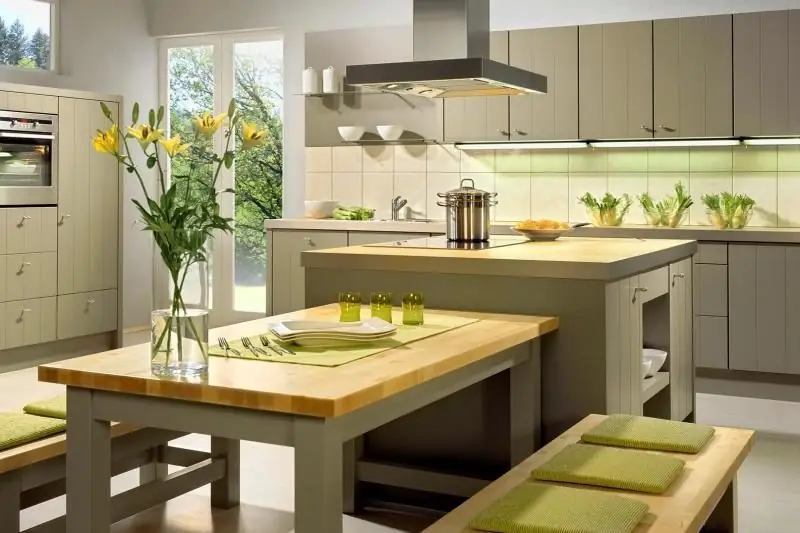
The main features of the eco style and what materials are suitable for kitchen design. The advantages and disadvantages of eco style, as well as the choice of decor and lighting for the kitchen
Laying Tiles On An Apron In The Kitchen: How To Lay It Out With Your Own Hands, Step-by-step Instructions With A Photo, Video
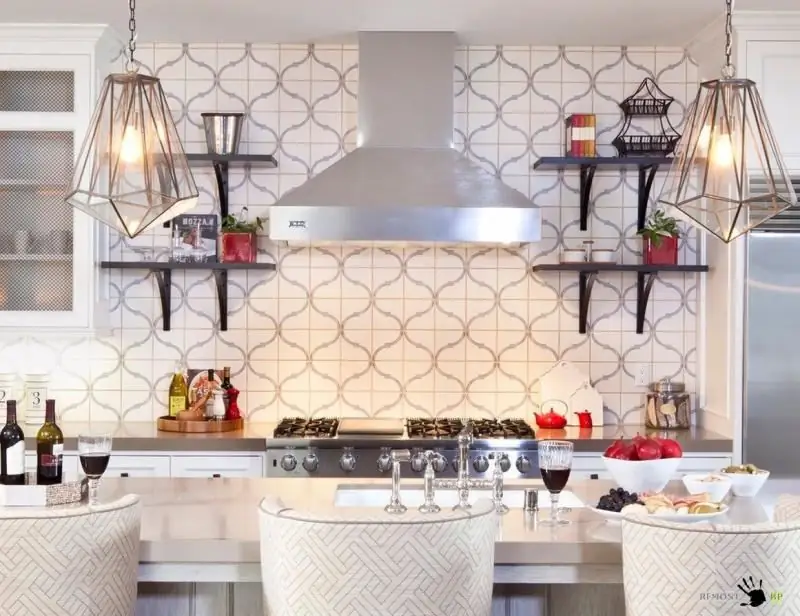
Tile kitchen apron: what materials and tools are needed for masonry. How to make an apron with your own hands, step-by-step instructions and professional advice
Lathing For Metal Tiles: What Needs To Be Considered During Installation And How To Correctly Calculate The Amount Of Material + Diagram And Video

What is better to make a crate for a metal tile. What is the lathing step. How to calculate lumber. Errors in the installation of battens and metal tiles
